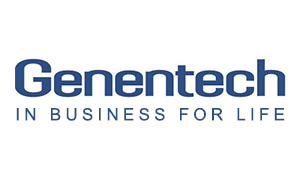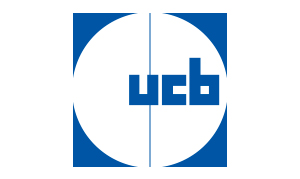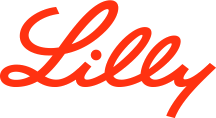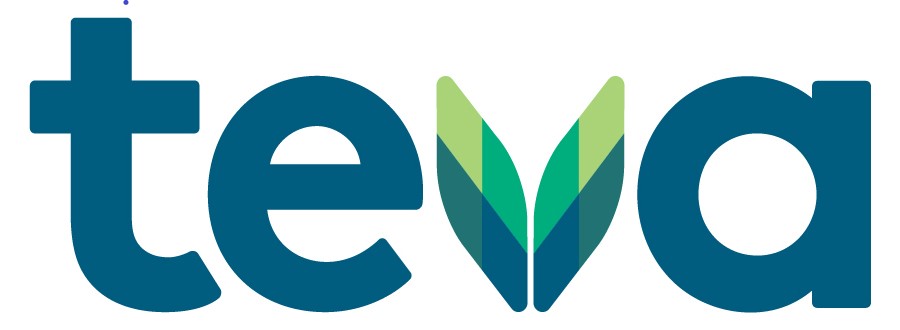While your rheumatology practice’s mission is noble and virtuous—providing the best health care and improving the lives of everyone you treat—at the end of the day, you are running a business.
This means if your patients don’t pay their bill, you can’t fulfill your mission. Forget your mission, you won’t be able to keep your lights on!
Unfortunately, collecting money for treatments can be difficult. Once a patient walks out the door, the likelihood that they will pay their balance drops considerably. To keep this from happening, there are several strategies you can employ.
Keep reading for three tips on how to collect from your patients painlessly.
Make sure everyone on your team knows how billing and insurance works.
In many rheumatology practices, the practice manager is the only one who understands the insurance processing and handles the billing. This is understandable since these processes can be confusing or nuanced. It’s not, however, ideal—if the practice manager is busy or otherwise occupied when a patient’s appointment is over, that patient may leave before discussing payment, and billing them later doesn’t always work out in the practice’s favor.
Holding a training session and explaining insurance and how benefits work to your staff is a great way to make sure everyone is on the same page and can step up as needed. Also, provide your team with scripts, so they know how to handle overdue accounts and talk to patients who may be struggling.
Other ideas to implement include:
- Incentivizing your billing staff.
- Ensure your team contacts “slow payers” more frequently.
- Train them on when to bring in a collection agency.
Make sure your patients know how much they’ll be billed and why.
No one likes surprises, so it’s always a good idea to keep your patients informed about treatments, appointments, and an estimate of how much their insurance will cover. This will help your patients prepare for their bill and increase the likelihood that they’ll be able to pay it.
It’s also a good idea to reiterate, through bills and other forms of communication, such as email, the actual cost of treatment plans. This will show them the real value of what they’re getting and remind them of the importance of paying their bill.
Create a patient portal.
If you want patients to pay their bills, you need to make it as easy and accessible as possible. Implementing a patient portal will allow patients to pay online with a credit card and do just that. You’ll also save on the resources required to mail a paper bill, and you can collect payments faster.
Plus, promoting online bill pay could get more patients using your patient portal and help promote meaningful use.
[Need some tips on getting your patients to engage with your patient portal? Read more here!]
Use an automation process to avoid simple human errors.
What do you think the biggest reason patients give for not paying their bills? You guessed it, “I forgot.” This may seem strange, especially for a rheumatology practice manager, but it’s true.
Your patients are dealing with a lot, and their health problems further complicate things. Things fall by the wayside too often, and a bill is precisely the kind of thing that can slip through the cracks. Set up automatic, recurring payments on credit cards, which will ensure you receive payments promptly and saves your patients the trouble of remembering to make those payments. You can also allow your patients to settle their bills in installments. Getting what you’re owed over time, is much better than not getting anything at all.
By training your staff, educating your patients, and using technology, you can make sure your patients pay their bills, and your practice remains profitable, all while remaining compassionate caregivers in your community. Good luck!
For more helpful tips, follow our blog and “like us” on Facebook!
Tags: co-pays, collecting payments, insurance, medical office management, medical offices, national organization of rheumatology managers, office management, office managers, patient portal, rheumatologists, rheumatology Posted by











